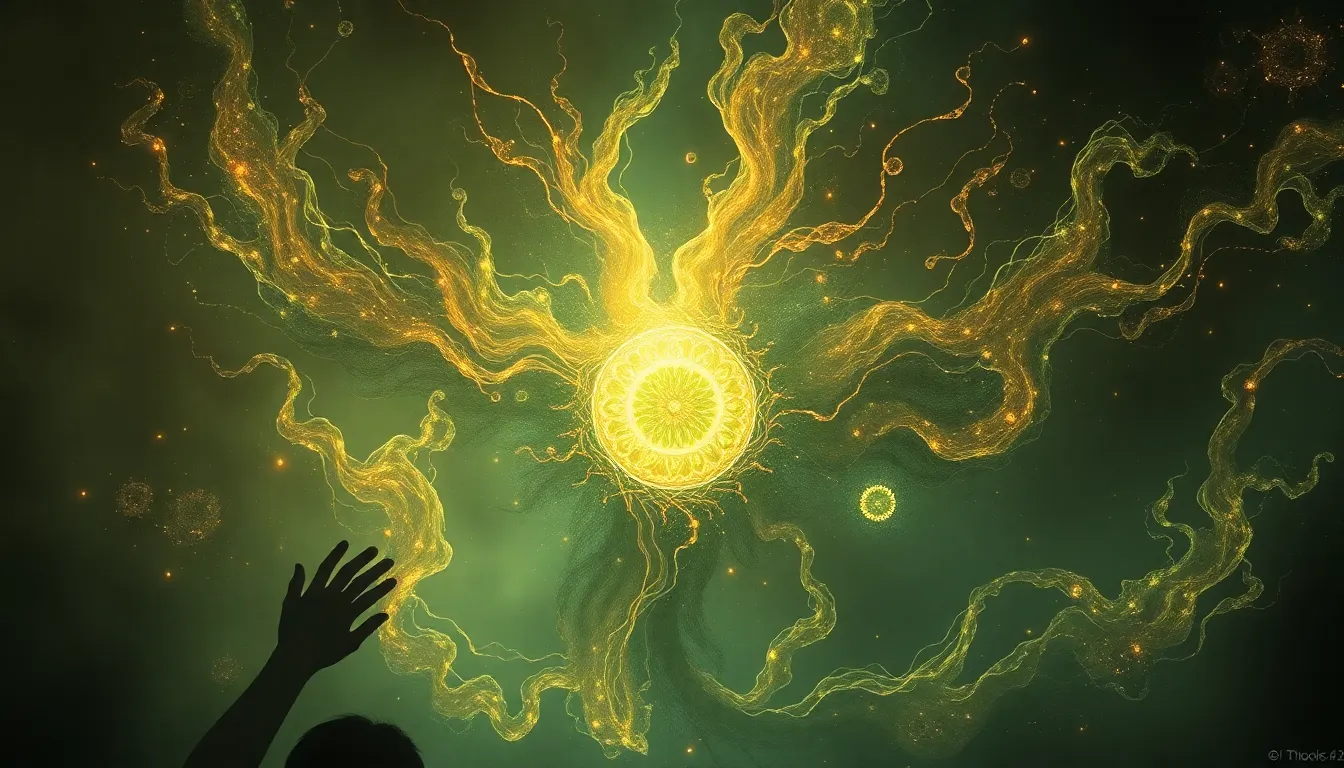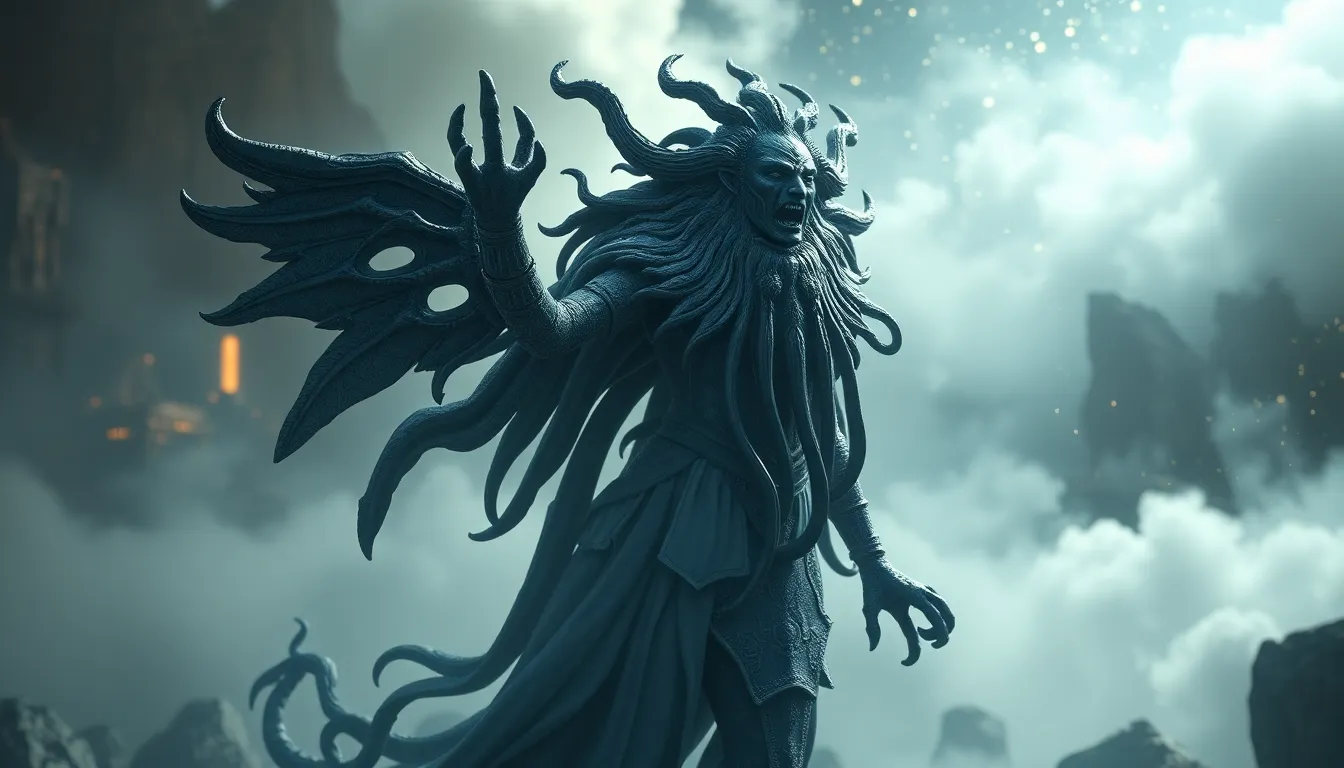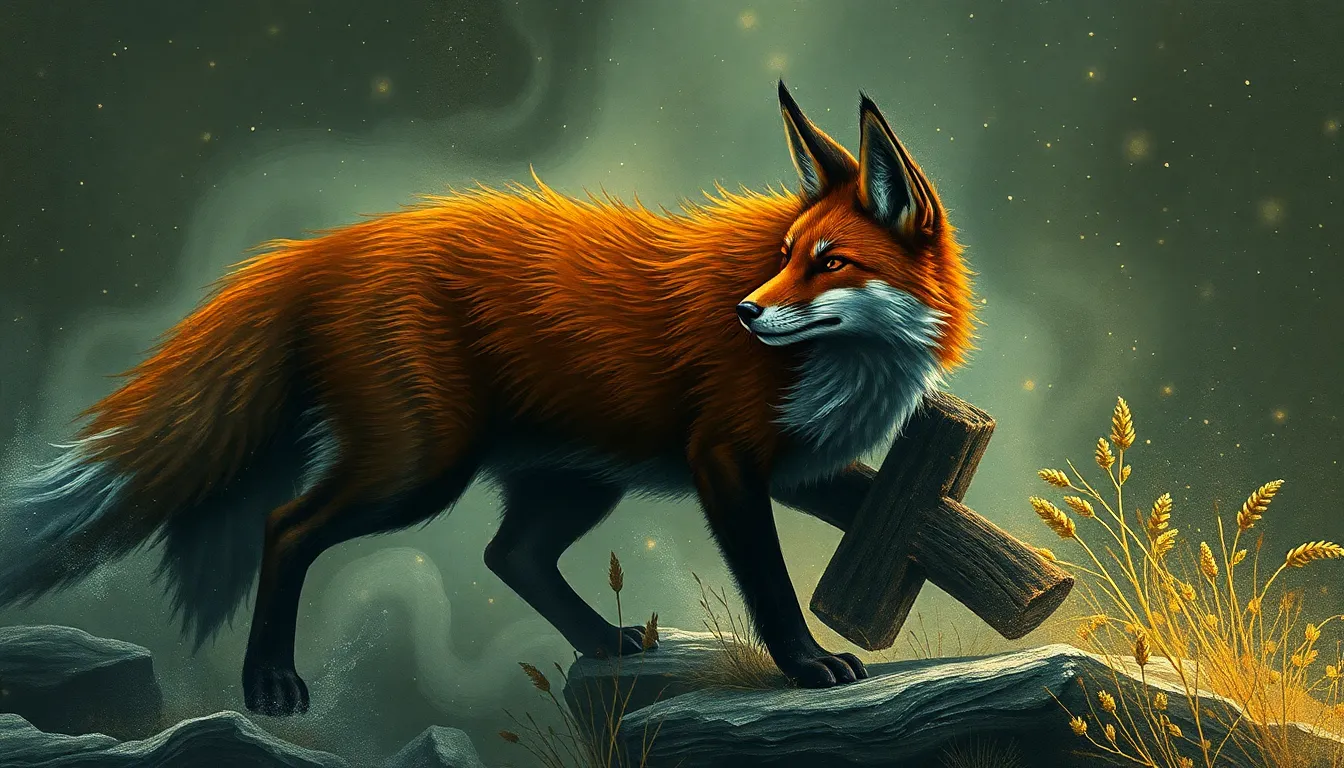The Enigma of the Sphinx: Mystical Journeys Through Riddles
I. Introduction
The Sphinx, a creature with the body of a lion and the head of a human, stands as one of the most iconic symbols of ancient Egypt. With its historical significance and cultural impact, the Sphinx has fascinated scholars, tourists, and mystics alike for centuries. This enigmatic figure not only represents the architectural prowess of ancient civilizations but also embodies the mysteries of life, death, and the afterlife.
The enduring mystery surrounding the Sphinx, particularly its riddles, has sparked countless interpretations and theories. The purpose of this article is to explore the mystical aspects of the Sphinx and its riddles, examining how they have influenced human thought and spiritual journeys throughout history.
II. The Historical Context of the Sphinx
The origins of the Sphinx can be traced back to ancient Egyptian civilization, where it was constructed during the reign of Pharaoh Khafre around 2500 BCE. This monumental statue, carved from limestone, is not only an architectural marvel but also a testament to the artistic and engineering skills of the ancient Egyptians.
The Great Sphinx of Giza, located on the Giza Plateau near Cairo, is the largest monolithic statue in the world, measuring 73 meters long and 20 meters high. It has served various roles throughout history, including as a guardian of the Giza Plateau and a symbol of the pharaoh’s divine authority.
In Egyptian mythology and religion, the Sphinx was often associated with the sun god Ra and the afterlife, representing the connection between the physical world and the divine. Its presence in tomb complexes signified protection and guidance for the deceased in the afterlife.
III. The Riddle of the Sphinx: An Ancient Challenge
The Sphinx is perhaps best known for the famous riddle it posed in Greek mythology: What walks on four legs in the morning, two legs at noon, and three legs in the evening? This riddle, which Oedipus successfully solved, reveals profound themes about the human experience, including the stages of life.
Analysis of the riddle’s themes highlights the cyclical nature of existence:
- Morning (Childhood): Crawling on all fours.
- Noon (Adulthood): Walking upright on two legs.
- Evening (Old Age): Using a cane, thus three legs.
The story of Oedipus and his encounter with the Sphinx illustrates the importance of knowledge and self-awareness. By answering the riddle, Oedipus not only saved Thebes but also set in motion the tragic events of his life, emphasizing the intertwined nature of fate and knowledge.
IV. Symbolism and Interpretation of the Sphinx
The Sphinx stands as a powerful symbol of knowledge and mystery. Its dual nature—both guardian and challenger—invites various interpretations across cultures. In many traditions, the Sphinx represents the quest for truth, serving as a reminder that knowledge often requires facing challenges and confronting one’s fears.
Different cultures have interpreted the Sphinx in unique ways:
- Egyptians: A protector of sacred spaces, embodying divine wisdom.
- Greeks: A malevolent force, representing the consequences of ignorance.
- Modern Interpretations: A metaphor for the personal journey towards enlightenment.
V. The Sphinx in Art and Literature
The Sphinx has been a popular subject in art and literature, inspiring countless artists and writers throughout history. In ancient art, the Sphinx was often depicted in sculpture and reliefs, symbolizing strength and wisdom.
In modern literature, the Sphinx’s riddles have influenced various narratives, often serving as a device for character development and plot progression. Notable examples include:
- The Oedipus Trilogy: A seminal work that explores themes of fate, knowledge, and identity.
- Contemporary Novels: Works that incorporate riddles and challenges as metaphors for personal growth.
VI. Mystical Journeys: The Sphinx as a Guide
Beyond its historical and mythical significance, the Sphinx serves as a metaphor for personal growth and self-discovery. The riddles it poses can be viewed as tools for introspection, encouraging individuals to confront their own challenges and uncertainties.
Throughout history, both ancient and contemporary interpretations of the Sphinx highlight its role as a guide in the journey towards enlightenment:
- Personal Growth: The Sphinx encourages individuals to seek knowledge and self-reflection.
- Introspection: Riddles prompt deeper exploration of one’s beliefs and values.
- Spiritual Guidance: The Sphinx symbolizes the quest for understanding the mysteries of life.
VII. The Sphinx in Popular Culture
The Sphinx continues to captivate modern audiences, appearing in films, video games, and literature. Its portrayal often reflects contemporary themes of mystery, challenge, and the quest for knowledge.
Some notable examples include:
- Films: Movies that feature the Sphinx as a central plot device, exploring themes of riddles and secrets.
- Video Games: Interactive experiences where players solve Sphinx-related puzzles to progress.
- Modern Art: Artists drawing inspiration from the Sphinx to explore themes of identity and mystery.
The lasting legacy of the Sphinx in contemporary society underscores its role as a symbol of intrigue and exploration.
VIII. Theories and Speculations Surrounding the Sphinx
The origins of the Sphinx and its purpose have been subjects of extensive speculation and debate among historians and archaeologists. Various theories propose different functions and meanings:
- Royal Tomb: Some believe it was built as a guardian of the Pharaoh’s tomb.
- Astrological Significance: Others suggest it aligns with celestial bodies and ancient calendars.
- Hidden Chambers: Speculations about undiscovered chambers and treasures beneath the Sphinx continue to intrigue researchers.
Modern archaeology plays a crucial role in uncovering the secrets of the Sphinx, utilizing advanced technology to explore its mysteries further.
IX. The Impact of the Sphinx on Modern Mysticism
The Sphinx has transcended its ancient origins to influence modern mysticism and spiritual practices. It serves as a powerful symbol in various esoteric traditions, representing the quest for knowledge, enlightenment, and the reconciliation of opposites.
Its impact includes:
- Symbol of Transformation: The Sphinx encourages individuals to embrace change and seek truth.
- Guide in Mystical Journeys: Many view the Sphinx as a guide in spiritual exploration and self-discovery.
- Symbol of Duality: The Sphinx embodies the balance between knowledge and mystery, inviting deeper inquiry into life’s enigmas.
In conclusion, the Sphinx remains a timeless enigma, a bridge between the ancient and modern worlds. Its riddles and symbolism continue to inspire mystical journeys, personal growth, and the relentless pursuit of knowledge.




